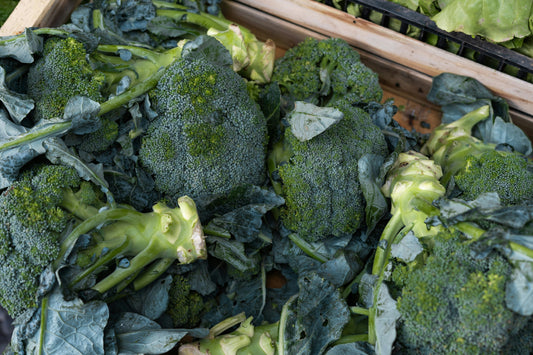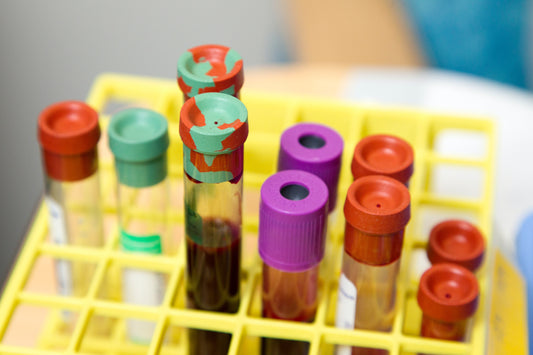While a percentage of the population still find talking about a woman’s period taboo, there is growing public discussion around periods and exercise. Elite female hockey and tennis players, and Olympic athletes, particularly in England, are among some of the athletes starting to open up about how their periods are affecting performance, whether it be from “feeling flat, heavy, [and] tired”, or experiencing cramps, injuries and/or flushes.
If exercise has an important part to play in your life then planning and using the time around your period to your advantage may be of interest to you. At different stages of the menstrual cycles, hormone levels vary which can impact our mood, body function and emotions. More and more, athletes are using menstrual cycle trackers to shape their training around the different peaks and pits in hormones leading to improved performance and a reduction of injuries.
While no two women experience a period in the same way, let’s take a quick look at some of the most commonly seen symptoms caused by periods:
- Cramping
- Joint and muscle pain
- Headaches
- Weight gain
- Low energy levels
- Insomnia
- Poor concentration
- Irritability
- Appetite changes
A Recap of the Menstrual Cycle
Stage One - Period
Stage 1 is the menstrual phase, it starts on day 1 of the cycle and can last anywhere up to around 8 days. This is when the lining of the uterus is shed through the vagina.
Stage Two - Follicular Phase
Stage 2 also starts on day 1 of the cycle and occurs in the background until about day 14. A hormone is released which signals one of the eggs in the ovary to grow into a sac-like follicle. Once the follicle has grown big enough, it signals to the uterus to start growing its lining again.
Stage Three - Ovulation
On day 14, the egg is released from the ovary and swept into the fallopian tubes which connect the ovary to the uterus.
Stage Four - Luteal Phase
The egg stays in the fallopian tubes for 24 hours, it will either be impregnated by a sperm cell or disintegrate. The Luteal phase goes from day 15-18 to day 28-35 by which time the lining will shed again.
How Does Your Menstrual Cycle Affect Exercise?
Around the time of your period, day 1 of the menstrual cycle, lower intensity exercise is supported as oestrogen levels are at their lowest. Doing forms of light cardio such as jogging, cycling and swimming could be favourable around this time as well as activities like yoga.
After day 1 of the menstrual cycle, the follicular phase brings rise to the hormone levels again in anticipation for ovulation. Throughout this time, strength training has been shown to result in its greater increase in muscle strength. This makes it a great time of the month to be hitting the gym with some strength and high-intensity training sessions. Throughout this stage, there are also lower rates of tendon collagen synthesis which means the risk of musculoskeletal tissue injuries becomes higher. In fact, women have been found to be 3-6 times more likely than men to suffer musculoskeletal injuries when their oestrogen levels are elevated. The increasing levels of oestrogen also increase joint elasticity throughout this time and risks of ACL injuries have been noted as higher. With this in mind, longer warm-ups and less stretching may be favoured.
Around the time of ovulation, oestrogen levels are peaking which may favour the delayed onset of muscle soreness (DOMS) meaning women recover quicker and can return to exercise with less muscle damage. At day 14, Oestrogen peaks and rise of a hormone called luteinizing hormone causes the release of the egg. At this time, energy levels are at the highest and it’s a great time to push yourself to gain some additional endurance. This could make for a great time to shoot for some personal records. Additionally, as levels of the progesterone hormone are low your pain tolerance may come up a level.
In the final weeks of the menstrual cycle as progesterone levels increase the core body temperature will also rise. This can make working out in the heat feel slightly harder and a reduction in the sweat response is often observed. Throughout the luteal phase you may find it harder to reach goals you were hitting earlier in the month, for some there is an increase in breathing rate and depth as well as heart rates. Some individuals may also find their weight increases slightly as the body holds onto water and energy is stored. That run around the block might just end up feeling a whole lot harder than it normally would.
Though there is still a lot of research to evolve in the field of exercise and periods, having an understanding of what is happening to our bodies throughout the cycle can be a very helpful tool. It’s nice to have potential explanations for the days you feel you’re working harder to get the same result. Tune in to your body during exercise, and if tracking your menstrual cycle stages is of interest to you, there are plenty of phone applications to do the work for you.




